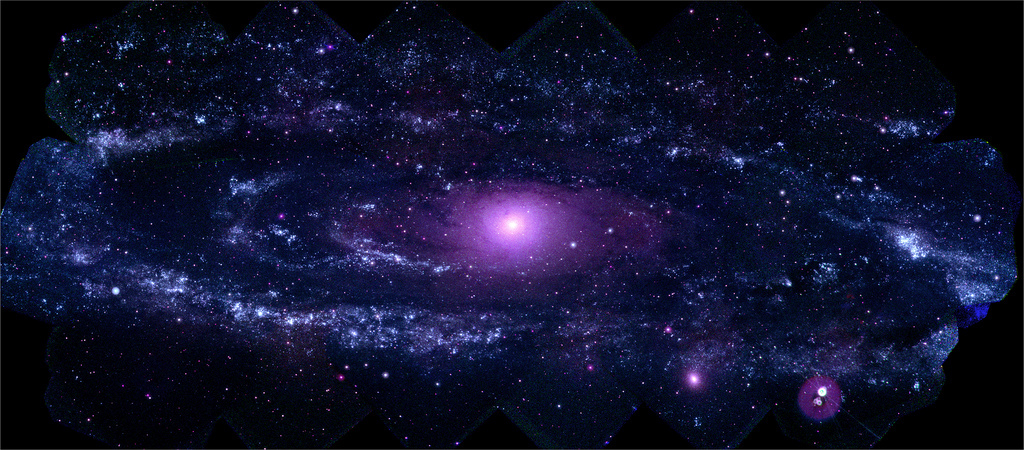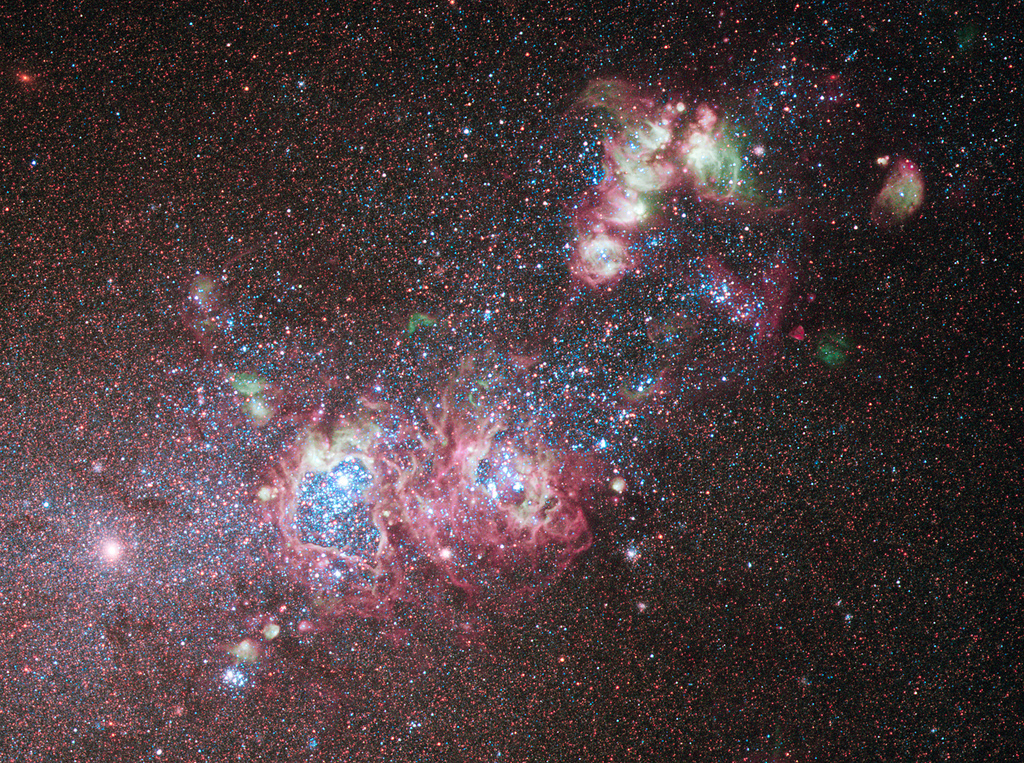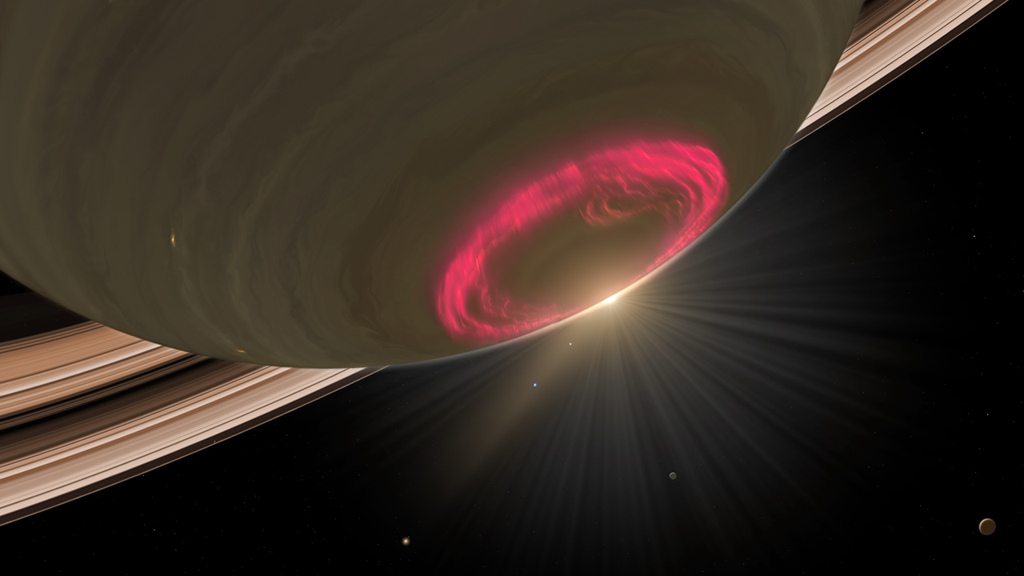It looks like you're using an Ad Blocker.
Please white-list or disable AboveTopSecret.com in your ad-blocking tool.
Thank you.
Some features of ATS will be disabled while you continue to use an ad-blocker.
share:
WOW!!! The most amazing photos of space I've ever seen! Awesome!!
I love looking at space. It sends my mind into a different world; one of marvels, and beauty abounding!
These are some of the photos taken for the t.v. show, A Space Oddessy . I missed watching it due to work, but at least I'm getting to see some of the fantastic images they showed.
Visit the source link to see many, many more... 30 total!! Too many to post here.
Just wanted to share this with my ATS friends.
www.huffingtonpost.com...




I love looking at space. It sends my mind into a different world; one of marvels, and beauty abounding!
These are some of the photos taken for the t.v. show, A Space Oddessy . I missed watching it due to work, but at least I'm getting to see some of the fantastic images they showed.
Visit the source link to see many, many more... 30 total!! Too many to post here.
Just wanted to share this with my ATS friends.
www.huffingtonpost.com...

This mosaic of M31 merges 330 individual images taken by the Ultraviolet/Optical Telescope aboard NASA's Swift spacecraft. It is the highest-resolution image of the galaxy ever recorded in the ultraviolet.

On August 31, 2012 a long filament of solar material that had been hovering in the sun's atmosphere, the corona, erupted out into space. The coronal mass ejection, or CME, traveled at over 900 miles per second. The CME did not travel directly toward Earth, but did connect with Earth's magnetic environment, or magnetosphere, causing auroras to appear on the night of Monday, September 3.

The dwarf galaxy NGC 4214 is ablaze with young stars and gas clouds. Located around 10 million light-years away in the constellation of Canes Venatici (The Hunting Dogs), the galaxy's close proximity, combined with the wide variety of evolutionary stages among the stars, make it an ideal laboratory to research the triggers of star formation and evolution.

Scientists first observed Saturn’s auroras in 1979. Decades later, these shimmering ribbons of light still fascinate. For one thing they’re magnificently tall, rising hundreds of miles above the planet’s poles. And unlike on Earth, where bright displays fizzle after only a few hours, auroras on Saturn can shine for days. Auroras are produced when speeding particles accelerated by the sun’s energy collide with gases in a planet’s atmosphere. The gases fluoresce, emitting flashes of light at different wavelengths.
edit on 3/11/2014 by sled735 because: add comment
Awesome stuff Sled! Thanks for posting.
The wonders of space never cease to amaze me.
S&F!
The wonders of space never cease to amaze me.
S&F!
Omg..!! Saturn have red aurora!!! For the first time in my live..i pick this one..the best!
Very cool Ms.Sled..love it!
Very cool Ms.Sled..love it!
reply to post by cheesy
Did you visit the source link, Cheesy? They have many more beautiful "out of this world" photos there.
Did you visit the source link, Cheesy? They have many more beautiful "out of this world" photos there.
reply to post by Indigent
When I heard the preview for the show, the lady said they were real, but I can't be 100% positive she wasn't lying. These do look almost too perfect.
ETA:
This was in your link. So... bummer!! But most of them say under the picture that they were taken with NASA's telescope.
When I heard the preview for the show, the lady said they were real, but I can't be 100% positive she wasn't lying. These do look almost too perfect.
ETA:
False-color image courtesy of NASA/JPL/University of Colorado
This was in your link. So... bummer!! But most of them say under the picture that they were taken with NASA's telescope.
edit on 3/11/2014 by sled735 because: add comment
reply to post by sled735
most image are false color images, what i mean is if its a drawing or a true picture
most image are false color images, what i mean is if its a drawing or a true picture
reply to post by Indigent
Oh. Yes, they are suppose to be real. I guess the artist just did some color touch ups to make them stand out more.
Oh. Yes, they are suppose to be real. I guess the artist just did some color touch ups to make them stand out more.
reply to post by sled735
Great find!
When i look at the pics of cosmic dust in these nebuli, I can't help but wonder how dense this "dust" is and how large these "particles" might be.
Is it possible what we see as dust is made up from planet size particles of ice and rocks, much like comets, as well as very dense gases.
Could this be a large component of the mysterious dark matter which keeps the galaxies together?
Great find!
When i look at the pics of cosmic dust in these nebuli, I can't help but wonder how dense this "dust" is and how large these "particles" might be.
Is it possible what we see as dust is made up from planet size particles of ice and rocks, much like comets, as well as very dense gases.
Could this be a large component of the mysterious dark matter which keeps the galaxies together?
sled735
reply to post by Indigent
Oh. Yes, they are suppose to be real. I guess the artist just did some color touch ups to make them stand out more.
Really you should make the effort to find out before jumping to conclusions, these images are not taken like your holiday snaps
Another Saturn Image
In this image constructed from data collected in the near-infrared wavelengths of light, the auroral emission is shown in green. Scientists designated blue to indicate sunlight reflected at wavelengths from 2 to 3 microns, green to indicate light from hydrogen ions at wavelengths between 3 and 4 microns and red to indicate thermal emission at 5 microns.
More info here
Thanks Sled and wmd for the most wonderful pictures. It was a pleasure to gaze at them. My little Grand daughter sat looking at them and suddenly
asked me if they were where the faeries got the idea for making the flowers and all their colours and shapes.
The beautiful mind of a little girl.
The beautiful mind of a little girl.
reply to post by sled735
Scientists first observed Saturn’s auroras in 1979. Decades later, these shimmering ribbons of light still fascinate. For one thing they’re magnificently tall, rising hundreds of miles above the planet’s poles. And unlike on Earth, where bright displays fizzle after only a few hours, auroras on Saturn can shine for days. Auroras are produced when speeding particles accelerated by the sun’s energy collide with gases in a planet’s atmosphere. The gases fluoresce, emitting flashes of light at different wavelengths.
The size of these are amazing, and being able to experience something like this on the planet's surface would be something incredible.
Awesome post, learned something new.
wmd_2008
sled735
reply to post by Indigent
Oh. Yes, they are suppose to be real. I guess the artist just did some color touch ups to make them stand out more.
Really you should make the effort to find out before jumping to conclusions, these images are not taken like your holiday snaps
Another Saturn Image
In this image constructed from data collected in the near-infrared wavelengths of light, the auroral emission is shown in green. Scientists designated blue to indicate sunlight reflected at wavelengths from 2 to 3 microns, green to indicate light from hydrogen ions at wavelengths between 3 and 4 microns and red to indicate thermal emission at 5 microns.
More info here
You're absolutely correct. Will you ever forgive me?!
You see, I was on my way to bed after a night of work and only having 3.5 hours sleep before I went in. So my brain was kind of frazzled. I just happened to come across those pictures after I had already logged off ATS. So I had to log back on and share them before going to bed.
I think I did pretty good in getting my OP up as I did, considering I was brain dead at the time.
sled735
wmd_2008
sled735
reply to post by Indigent
Oh. Yes, they are suppose to be real. I guess the artist just did some color touch ups to make them stand out more.
Really you should make the effort to find out before jumping to conclusions, these images are not taken like your holiday snaps
Another Saturn Image
In this image constructed from data collected in the near-infrared wavelengths of light, the auroral emission is shown in green. Scientists designated blue to indicate sunlight reflected at wavelengths from 2 to 3 microns, green to indicate light from hydrogen ions at wavelengths between 3 and 4 microns and red to indicate thermal emission at 5 microns.
More info here
You're absolutely correct. Will you ever forgive me?!
You see, I was on my way to bed after a night of work and only having 3.5 hours sleep before I went in. So my brain was kind of frazzled. I just happened to come across those pictures after I had already logged off ATS. So I had to log back on and share them before going to bed.
I think I did pretty good in getting my OP up as I did, considering I was brain dead at the time.
3.5 hours sleep, what luxury you have to keep in mind lots of these images are false colour for various reasons you are forgiven Gave you a s&F.
SilentE
Awesome stuff Sled! Thanks for posting.
The wonders of space never cease to amaze me.
S&F!
I am afraid these are fake photos and not genuine.They have all been tampered with and "enhanced" with cgi and post processing.
i could do that with any photo with photoshop too.
i pointed a telescope into the night sky and i never saw anything like that at all.
reply to post by championoftruth
So you pointed a telescope and could not find what NASA does with a few billion expended to do it, uh I wonder why is that
So you pointed a telescope and could not find what NASA does with a few billion expended to do it, uh I wonder why is that
reply to post by championoftruth
Do you have large infrared and ultraviolet telescopes? Do you have a range of narrowband filters and the experience in astrophotography?
Many amateur astronomers took amazing images that rival those of NASA's.
Do you have large infrared and ultraviolet telescopes? Do you have a range of narrowband filters and the experience in astrophotography?
Many amateur astronomers took amazing images that rival those of NASA's.
Awesome work Sled.
Love these types of pictures, they bring so much awe and magnificence to what is already as good as it gets lol
Love these types of pictures, they bring so much awe and magnificence to what is already as good as it gets lol
edit on 12-3-2014 by
UltraverseMaximus because: (no reason given)
wildespace
reply to post by championoftruth
Do you have large infrared and ultraviolet telescopes? Do you have a range of narrowband filters and the experience in astrophotography?
Many amateur astronomers took amazing images that rival those of NASA's.
The point being those photos are not what you would see if you had not done post production cgi work afterwards.
When you take photos of your family or kids do you then use cgi/photoshop to make them look better then they actually are in reality?
Do you use uv/ir filters when you take family or your kids pictures?
When you look at your kids in the morning do you look at their cgi enhanced photos or do you actually look at your kids direct?
new topics
-
Meadows, Giuliani Among 11 Indicted in Arizona in Latest 2020 Election Subversion Case
Mainstream News: 16 minutes ago -
Massachusetts Drag Queen Leads Young Kids in Free Palestine Chant
Social Issues and Civil Unrest: 31 minutes ago -
Weinstein's conviction overturned
Mainstream News: 1 hours ago -
Supreme Court Oral Arguments 4.25.2024 - Are PRESIDENTS IMMUNE From Later Being Prosecuted.
Above Politics: 3 hours ago -
Krystalnacht on today's most elite Universities?
Social Issues and Civil Unrest: 3 hours ago -
Chris Christie Wishes Death Upon Trump and Ramaswamy
Politicians & People: 3 hours ago -
University of Texas Instantly Shuts Down Anti Israel Protests
Education and Media: 6 hours ago -
Any one suspicious of fever promotions events, major investor Goldman Sachs card only.
The Gray Area: 8 hours ago
top topics
-
VP's Secret Service agent brawls with other agents at Andrews
Mainstream News: 17 hours ago, 11 flags -
Krystalnacht on today's most elite Universities?
Social Issues and Civil Unrest: 3 hours ago, 7 flags -
Weinstein's conviction overturned
Mainstream News: 1 hours ago, 6 flags -
Sunak spinning the sickness figures
Other Current Events: 17 hours ago, 5 flags -
Electrical tricks for saving money
Education and Media: 15 hours ago, 5 flags -
Supreme Court Oral Arguments 4.25.2024 - Are PRESIDENTS IMMUNE From Later Being Prosecuted.
Above Politics: 3 hours ago, 5 flags -
University of Texas Instantly Shuts Down Anti Israel Protests
Education and Media: 6 hours ago, 3 flags -
Any one suspicious of fever promotions events, major investor Goldman Sachs card only.
The Gray Area: 8 hours ago, 2 flags -
Massachusetts Drag Queen Leads Young Kids in Free Palestine Chant
Social Issues and Civil Unrest: 31 minutes ago, 1 flags -
Chris Christie Wishes Death Upon Trump and Ramaswamy
Politicians & People: 3 hours ago, 1 flags
active topics
-
University of Texas Instantly Shuts Down Anti Israel Protests
Education and Media • 135 • : NorthOS -
Graham Hancock being proven right all along about ancient humans in America.
Ancient & Lost Civilizations • 106 • : JonnyC555 -
Supreme Court Oral Arguments 4.25.2024 - Are PRESIDENTS IMMUNE From Later Being Prosecuted.
Above Politics • 47 • : matafuchs -
Candidate TRUMP Now Has Crazy Judge JUAN MERCHAN After Him - The Stormy Daniels Hush-Money Case.
Political Conspiracies • 754 • : Threadbarer -
Massachusetts Drag Queen Leads Young Kids in Free Palestine Chant
Social Issues and Civil Unrest • 2 • : RazorV66 -
Meadows, Giuliani Among 11 Indicted in Arizona in Latest 2020 Election Subversion Case
Mainstream News • 1 • : IndieA -
Nearly 70% Of Americans Want Talks To End War In Ukraine
Political Issues • 84 • : DontTreadOnMe -
VP's Secret Service agent brawls with other agents at Andrews
Mainstream News • 48 • : 5thHead -
-@TH3WH17ERABB17- -Q- ---TIME TO SHOW THE WORLD--- -Part- --44--
Dissecting Disinformation • 673 • : Thoughtful3 -
SETI chief says US has no evidence for alien technology. 'And we never have'
Aliens and UFOs • 66 • : SchrodingersRat
